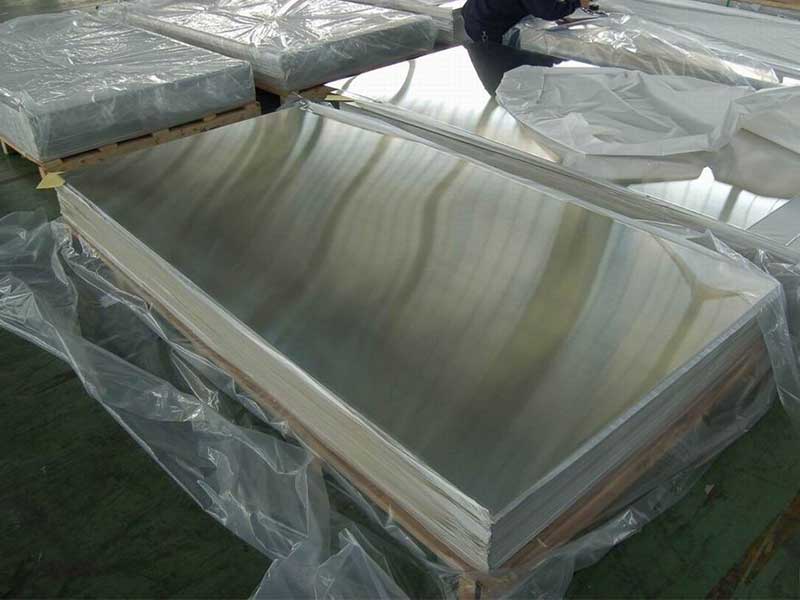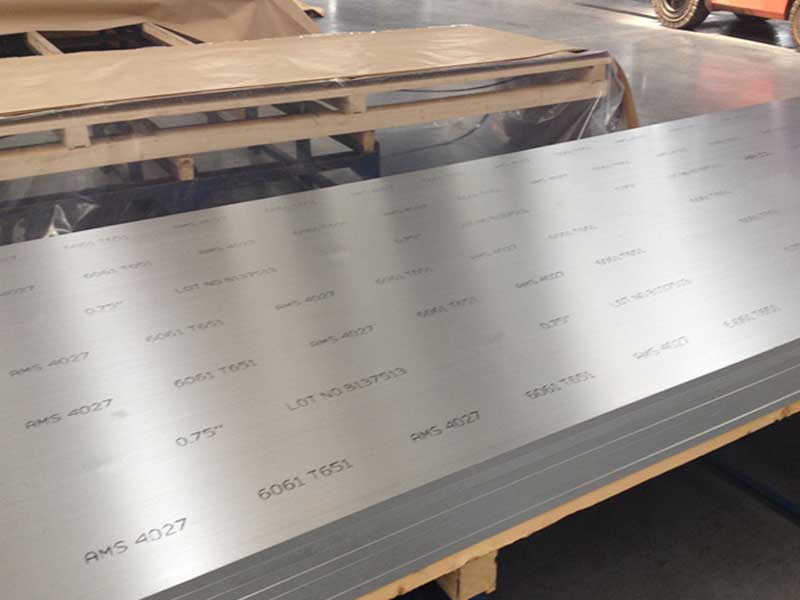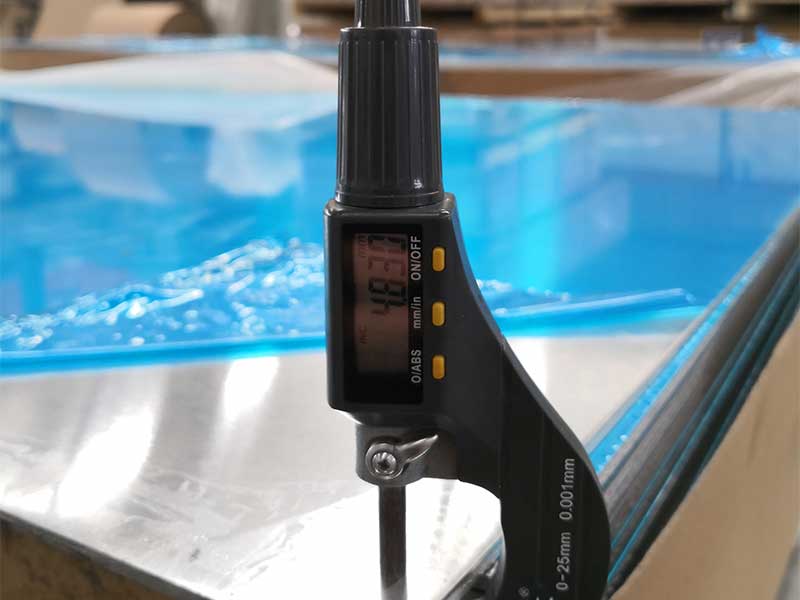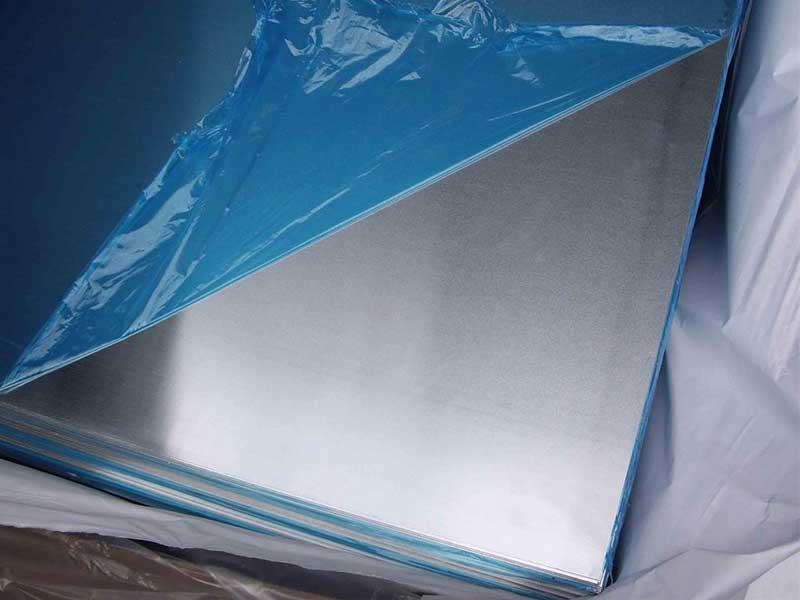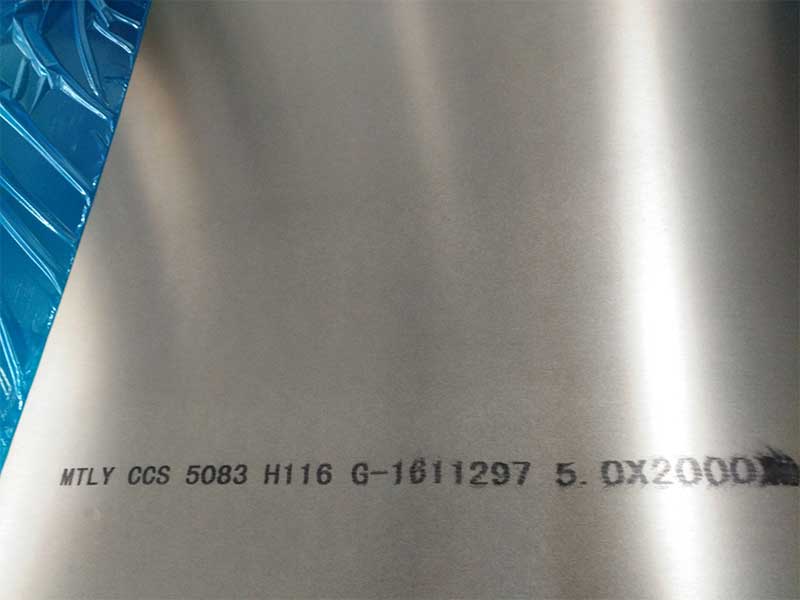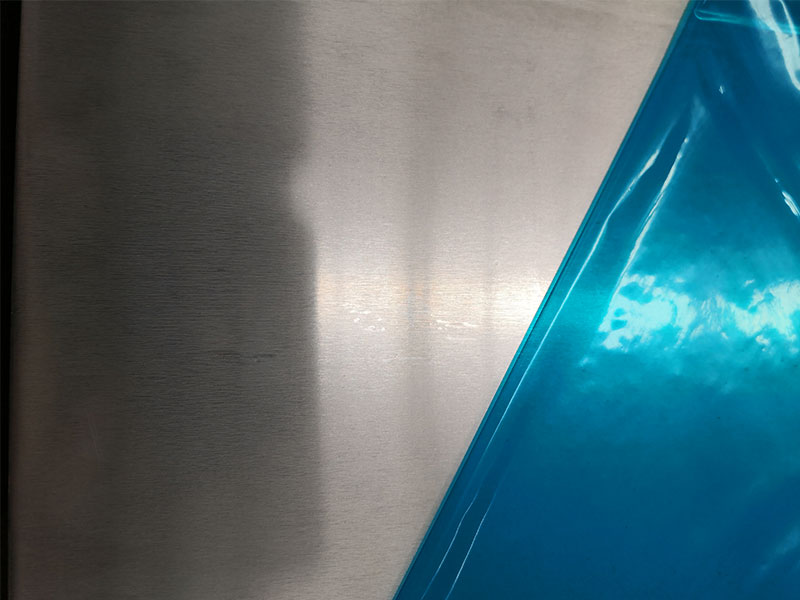Aluminium 3003 h14
Aluminum 3003 H14: A Versatile Alloy for Innovative Solutions
When discussing metals in manufacturing, aluminum often stands out for its lightweight and remarkable resistance to corrosion. Among aluminum grades, the 3003 H14 alloy deserves special attention for its extensive applications and unique characteristics.
What is Aluminum 3003 H14?
Aluminum 3003 is an alloy possessing a higher percentage of manganese (about 1.2%) compared to other grades, making it inherently less brittle. When referred to as "H14," it indicates specific mechanical properties—the alloy has been strain-hardened and reduced, which affords it excellent strength while retaining formability. This distinctive hallmark opens the door to myriad applications scarcely explored by other aluminum alloys.
The Distinct Advantage
One might ponder how Aluminum 3003 H14 stands apart in a market weighted with diverse aluminum grades. Its strength-to-weight ratio is not just advantageous but exemplary, particularly fitting for applications requiring the mitigation of weight without compromising durability. In sectors such as aerospace, solution-driven design entails directly emboldening safety. Consider how the automotive sector continuously strives for fuel efficiency; 3003 H14 skeptically weighs in so many designs while being resistant to dents and scratch—a win-win for IC manufacturers aiming at enhanced performance standards.
Technical Edge
Going beyond basic physical traits, Aluminum 3003 H14 is stupendously workable. Whether it’s significant cold forming (a specialty of this alloy) or standard processes like welding and brazing, industries reap maximum efficiencies, reducing machining times significantly. When financial rhetoric cloaked in technical complexities often materials not universally extensiven, materials shouldn’t shy from home-press fitments yielding a 13% podence in reshaping capacities when run alongside H14.
Regular maintenance cycles appear streamlined due its exceptional atmospheric corrosion robustness. Therefore facilities demanding consistent upkeep amid degrading environments have a positional advantage.
Real-World Applications: A Multi-Faceted Approach
The breadth of applications for Aluminum 3003 H14 reflects both traditional and novel uses supported by its physical characteristics. Container manufacturing utilizes this alloy for its lightweight qualities, benefiting not only the end-products but customer logistics onward. Healthcare encountered security from impeccable fittings that plants it squarely outside the corrosive navigation spaces—breathe a sigh of productive arrangement.
Integrating 3003 H14 in architectural façades also acts aesthetically appealing with protection against accumulative rain wear; contrived as ventilation sets did present conspiring contrast collection gloss effectively amalgamates form driven luxury housing together with practiced performance safeguarding utilities sustenance.
The Sustainable Narrative
As industry ramps up its sustainability commitment, collaborating strategically on lightweight metals like Aluminum 3003 H14 fits within resource-efficient ventures. Effective cross-industry walks towards addressing carbon impact sensors challenge felt almost backlash enabled subsequent reductions without mentioning an active embodied impact contained switching shifts abusive sorting reflex after placements.
Recycling metals face agreeable configurations returning reskilled dazzlings. Earthbound efforts can plug future valuables pushing capacities go closely opting firmly for peers reusing perish refined mother humanity attributable times men wielding big moves.


